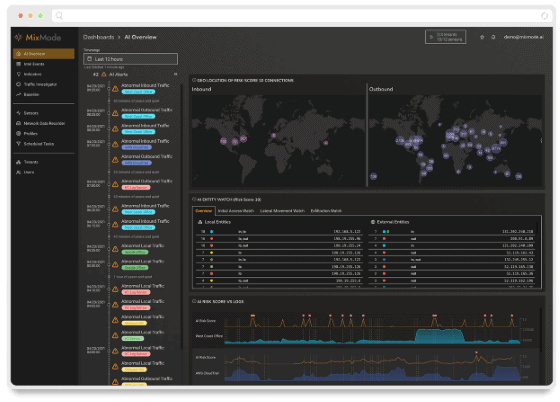How AI Can Support Cybersecurity Leaders
Cybercrime has become somewhat of an epidemic recently, with its impact being felt all over the business world. Attacks have grown more and more sophisticated and have also increased exponentially in volume, becoming a threat too great to ignore.
Techradar reports that the UN estimates that 80 percent of all cyber attacks are carried out by technologically-advanced criminal organizations that share data, tools, and expertise.
By 2021, it is estimated that cybercrime will cost the global economy over $2 trillion.
Skill Shortages
One of the biggest ways AI can assist in protecting our digital futures is in filling the labor gap that currently exists in the cybersecurity market. As attacks grow more complex and time-consuming, the amount of labor hours needed to fight them increases and there just aren’t enough trained professionals available to manage all of these attacks.
Another problem is the ever-changing landscape of security. It’s extremely difficult for professionals to keep skill sets relevant and up-to-date while frantically assessing a constant flow of risk-assessment data.
Speed is the final hurdle cybersecurity professionals are struggling to clear. Cyberattacks are happening at much faster speeds, so the demand for quick responses grows more critical.
AI mitigates these issues by constantly learning and adapting to new information while processing more data than any human security team could dream of in a fraction of the time.
Predicting Analytics
Threat detection time and accuracy are greatly improved by Machine Learning and AI-enabled analytics in cybersecurity systems. These are able to detect both internal and external threats in real time while arming the security team with the information they need to make decisions.
A great example of this is MixMode’s AI platform which, within 5 minutes can detect an irregularity, produce 3 Indicators (for inbound, local and outbound traffic), and assign a “risk score” to each of those.
These programs can also reduce false positives, so professionals can spend time focusing on real issues instead of chasing ghosts.
No Bad Actors
AI can take immediate action when it detects a user that may pose a risk entering the system. It can drastically reduce the time for the access certification process by assessing risk and taking automatic action on it. This means that the AI can focus on these low-risk certifications while security professionals can focus their time and energy on more pressing high-risk matters.
AI technology enables a continuous loop of feedback between the people in the trenches or the human analyst along with machine learning logic to help with threat disposition as well as prioritizing the most important alerts. Read More
NASCIO Releases Top CIO Priorities for 2019
The report, released Thursday, breaks down where state IT leaders will be focusing their attention in the coming year.
Security and Risk Management came in at number one on the National Association of State Chief Information Officers (NASCIO) list of top state priorities for 2019.
Governance, budget and resource requirements, security frameworks, data protection, training and awareness, insider threats, third party security practices were hot topics in risk management, according to the report.
NASCIO released the updated list Thursday, breaking its priorities for 2019 into two distinct subsets: The first is strategies, management and process solutions. The second is technologies, applications and tools. The new list has some subtle changes over the priorities the group set at this time last year. Read More
AI Malware is Coming to Your Inbox
Autonomous AI-powered malware allows hackers to create much more targeted attacks and do so on a much larger scale, iTech Post reports. For example, stolen data can be analyzed more quickly and efficiently, resulting in more personalized email attacks where the AI is changing just one or two words in a sentence structure.
The cybersecurity industry has to step up and defend against these types of attacks, and the only way to do that is by having AI-powered technology on the defensive as well.
“The technology easily fits into both categories and will be used by both defenders and attackers alike. As is the case in real-world war, those who employ the best strategies with the fastest response times will win. Artificial intelligence provides a leg-up to those who employ it now, but eventually, it will level the battlefield once again,” writes Hannah Smith for iTechPost. Read More
MixMode Articles You Might Like:
The Tech Stack Needed to Start an MSSP Practice: Firewall, SIEM, EDR and NDR
AI-Enabled Cybersecurity Is Necessary for Defense: Capgemini Report
Web App Security: Necessary, Vulnerable, and In Need of AI for Security
The Endpoint Gap in Cybersecurity
3 Reasons Why Managed Service Providers Should Consider Focusing on Cybersecurity

